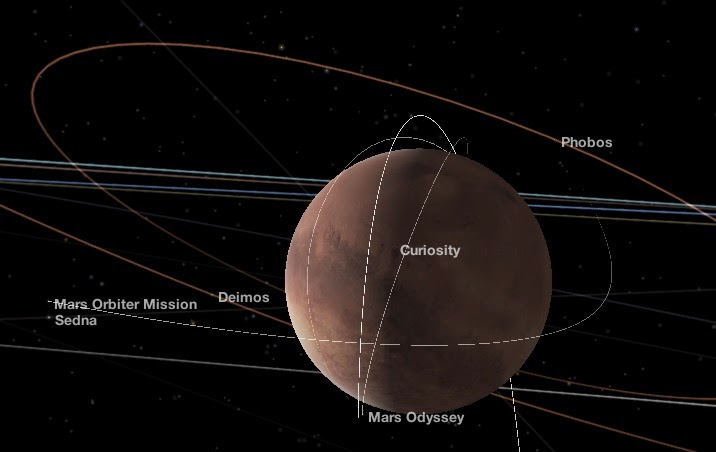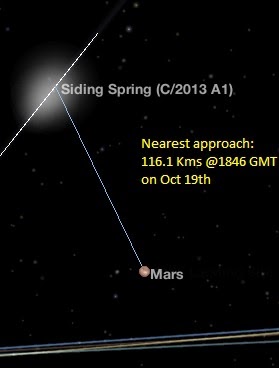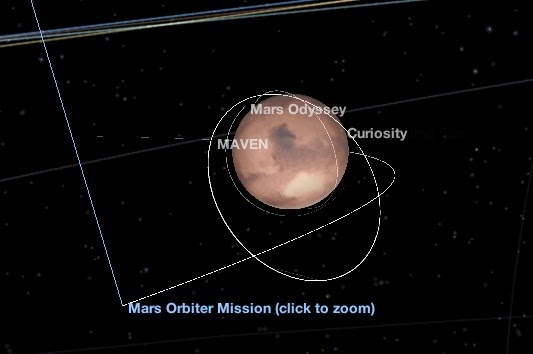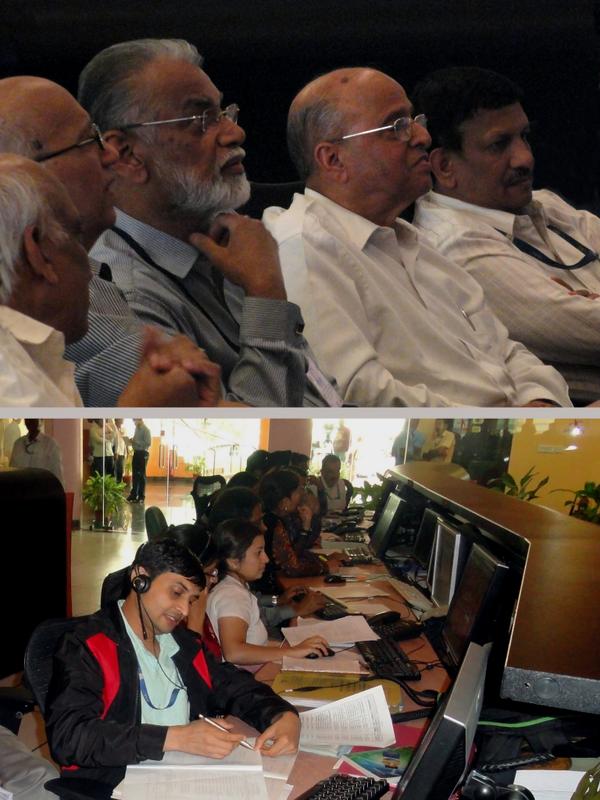Sorry for a longish reply and covering some points not related to your question ( some background is good ).Neela wrote:Let me pile up on this. Did MOM re-orient and test fire the engine? Is the new v now lesser than what it was few hours back?alexis wrote:
This is an event only for jingos. MSM will get interested only on 24th when actual insertion is carried out.
I have a question - due to this test firing, the velocity of MOM would have changed, right? To what extent?
1. Some time back MOM entered Martian SOI so after checking the trajectory in Martian gravity we should have now done some fine tuning to it to achieve targeted orbit with minimum fuel.
2. Velocity diagram @ MOI that I hd given sometime back was based on somewhat older data. It showed the craft approached as near to 384 kms to the surface of Mars during peak speed. Actual figure with latest data ( before the recent burn of LAM ) may be different. A recent news briefing says it was about 700 Kms. ( added on 23rd .. A figure in one of the post later shows Height = 515 kms )
If it is too near then correction becomes very critical .. a slight push more or less or a slight delay or early operation can make the craft to crash or go in an highly elliptical orbit not giving the required quality of images.
If the craft passes more than 1000 kms then even after highest effort, the amount of fuel may not allow us to put it in Mars' orbit. ( @ 1000 kms speed is 4.1 Kms/s and @ 384 Kms in my figure attains about 4.6 Kms/sec. that .5 kms make a difference .. recall that the total speed correction planned is about 1.1 kms/s and so that 0.5 makes a life or death issue ).
This places us in a widow of say 300 to 700 ( or 800 at the max ) with an optimum distance of about 500 kms so that any deviations will be taken care of by the autonomous onboard system to decide about the firing time and duration and so we have to bring it in that window before the MOI.
3. Now there is an interesting development.
We have a LAM which is not tested after TMI in Nov2013. If the autonomous system decides to use LAM then we have to be sure that we give a working LAM to it. So a LAM test toh banta hai
4. The orbit needed a correction by increasing speed to bring it to optimum height and anyway it needs to be acted upon by using originally planned small thrusters. This LAM test firing would just aid that requirement so it offers a double benefit.









